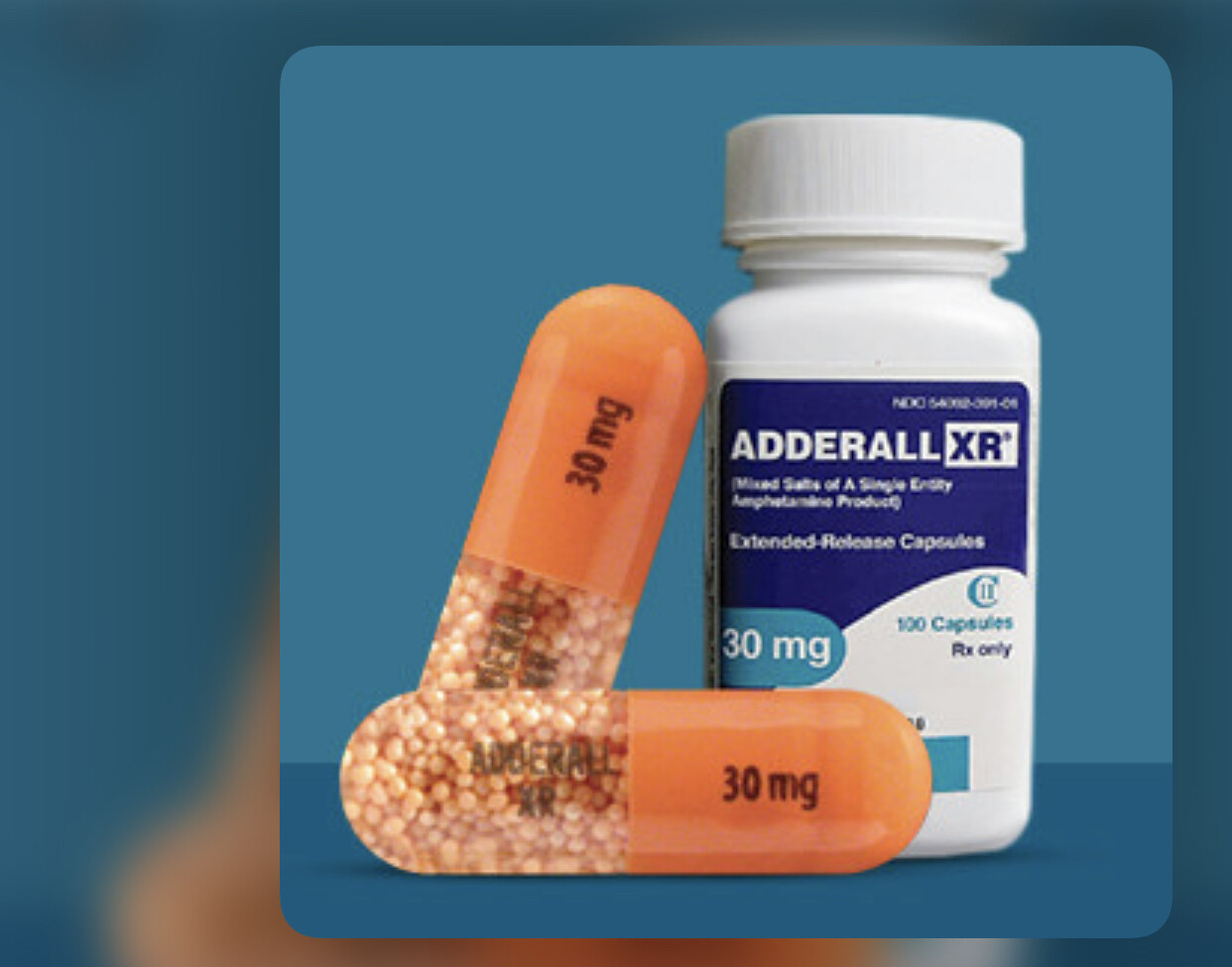Running News Daily
Running News Daily is edited by Bob Anderson. Send your news items to bob@mybestruns.com Advertising opportunities available. Train the Kenyan Way at KATA Kenya and Portugal owned and operated by Bob Anderson. Be sure to catch our movie A Long Run the movie KATA Running Camps and KATA Potato Farms - 31 now open in Kenya! https://kata.ke/
Index to Daily Posts · Sign Up For Updates · Run The World Feed
What Are therapeutic use exemptions and Why Are They Controversial?
Athletes such as Molly Seidel, who was recently diagnosed with ADHD and prescribed Adderall, must receive exemptions from doping agencies in order to use medications that are banned.
Olympic bronze medalist Molly Seidel announced on Instagram on June 8 that she’d be missing the New York Mini 10K last weekend. The reason? She’d been diagnosed with ADHD early in 2022, and after the Boston Marathon, she started taking the prescription drug Adderall.

Adderall is banned by the World Anti-Doping Agency (WADA) for use in competition, because it can be used as a performance enhancer. But Seidel has a legitimate medical need for the drug, so she can apply for a therapeutic use exemption, commonly known as a TUE.
Seidel wrote on Instagram that she applied for a TUE about six weeks ago, and she won’t have an answer on her application until the end of June at the earliest.
Since she started taking Adderall, she had been feeling much better. “I felt like I was able to get the quiet, functioning brain in my day-to-day life that I could previously only achieve with intense physical activity,” she wrote. “It also gave me remission of many eating disorders behaviors that I’ve dealt with consistently since my teens.”
She was disappointed to pull out of the New York Mini 10K. Seidel wrote, especially after she has had a tough few months. (She dropped out of the Boston Marathon in April with a hip impingement at about the 16-mile mark.)
“However, I’m committed to a clean sport and respecting my own mental health needs, so that means following the appropriate procedures of this TUE process,” she wrote. “Mental health takes work, and I want to be transparent about the fact that medication is sometimes a very necessary part of that work.”
Seidel is due to run the World Championships marathon in Eugene on July 18.
Her case illustrates a years-long debate among athletes, coaches, and officials about TUEs. At issue: How can the sport allow its athletes to legally obtain treatment for diagnosed medical conditions while preventing others from abusing the system?

Below, we answer a few common questions about TUEs.
What is a therapeutic use exemption (TUE)?
When an athlete is sick or has a condition that requires treatment with medicine that is listed on WADA’s prohibited substance list, he or she can be granted a TUE to take the drug, according to the U.S. Anti-Doping Agency (USADA).
Some drugs are prohibited when an athlete is competing. Other drugs are also banned for out-of-competition use. If a TUE is approved, it usually has a starting and ending date during which the athlete may take the medication. If the athlete is drug tested during that period and tests positive for an illegal substance for which they are granted an exemption, he or she will not face disciplinary measures.
In an emergency situation, if somebody is treated with a prohibited substance, he or she is allowed to file an emergency TUE afterward, as soon as possible. For example, when Shalane Flanagan received an IV for severe dehydration in February after the 2016 Olympic Marathon Trials, which is otherwise a banned practice, she was granted an exemption because she was in medical need.
“I resisted getting an IV but a lot of the doctors there were insisting that I needed it,” Flanagan said, weeks after the race. “It would have taken a really long time to get those fluids in orally. So the IV really speeded up my recovery. It actually made me realize probably why they are illegal [in competition] under most circumstances—my core temperature immediately went down. If I hadn’t had that, I would have had a much longer process.”
How does an athlete get a TUE?
U.S. athletes apply for a TUE through USADA, though if somebody is also competing at an international event, it may require that person to obtain another exemption through World Athletics, the governing body for track and field.
“The TUE application process is thorough and designed to balance the need to provide athletes access to critical medication while protecting the rights of clean athletes to compete on a level playing field,” according to USADA.
If a pro runner is in need of a TUE, he or she downloads the application and completes it with a doctor. A medical file must accompany the application.
Who decides if the athlete gets a TUE?
The Therapeutic Use Exemption Committee reviews the application, the medical details, the patient history, test results, how the condition has been managed over time, and attempts to treat it with non-prohibited medications and methods. Galen Rupp, for example, has been granted exemptions to take prednisone to treat asthma.
The committee includes doctors and medical experts, according to USADA. They review and either approve or deny the application without knowing the athlete’s name by following WADA’s standards, outlined in an annual 30-page document.
WADA policy states that athlete must prove that the prohibited substance is needed to treat an acute or chronic medical condition, “such that the athlete would experience a significant impairment to health” if it is withheld; that the medication is highly unlikely to produce any enhancement of performance beyond what would be considered “anticipated” by a return to the individual’s normal health; and that there is no reasonable alternative to treat the condition.
What is on the WADA prohibited substance list?
The prohibited list includes more than 300 substances and methods of taking substances (for example, orally, by injection, intravenously). It also includes those that are always prohibited and those that are only prohibited during a competition. The lists are updated by WADA each year, and it’s up to the athletes to be aware of changes of the rules.
Some examples of prohibited substances include steroids, human growth hormone, certain stimulants, diuretics, and masking agents that can interfere with drug tests.
How could an athlete use TUE system or prescription drugs to cheat?
Athletes at the highest level are constantly searching for fractions of percentages in performance gain. Some, of course, seek such gains illegally. Should that athlete have a support team of coaches and doctors who also engage in unethical practices, they can collectively seek exemptions for medications that are not medically needed but could produce a competitive advantage.
In July 2015, Rupp and his coach Alberto Salazar were accused by former members of the Oregon Project of manipulating the TUE system for performance gain and faking symptoms in an effort to be prescribed legal thyroid medications. Those medications could help with a runner’s energy levels, allowing an athlete to train with more intensity and volume. Rupp and Salazar have strongly denied those accusations. Salazar has since received a four-year ban for trafficking performance-enhancing drugs to his athletes and in a separate matter, he has been banned permanently from track by SafeSport.
by Runner’s World
Login to leave a comment




